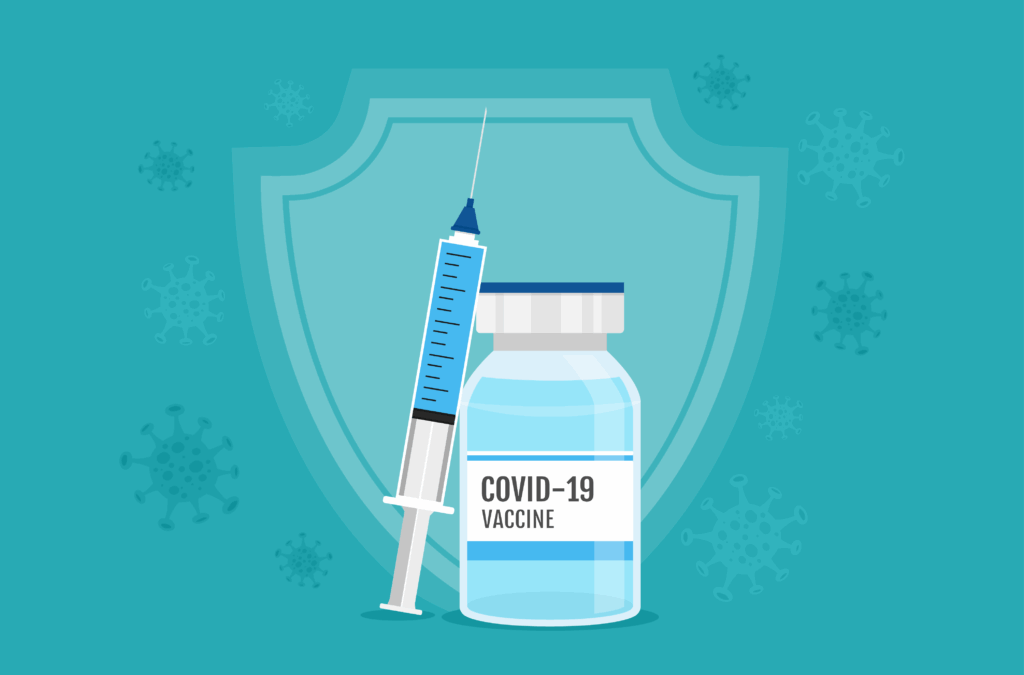
Driving Efficiency in Virtual Care

Zipnosis is a Minneapolis-based organization offering a telehealth platform for a wide range of services, from behavioral health to specialty and surgical care. Pearce discusses the benefits of virtual medicine, including cost savings, and what the market needs to do to adapt to the influx of patients during and after the pandemic.
I started it 12 years ago with the idea that cell phones would be the clinic of the future, to design a new way to connect patients and providers. I was about a decade too early. Our business today is a software company. We don’t run a network or employ doctors; we just license our technology to them and they put their brand on top of it.
It’s technology that enables virtual care through their entire ecosystem. If you look at the name Zipnosis, it’s a strategy. Zip is bringing a consumer-grade experience into healthcare. People shop on Amazon, book a flight online, and we want to bring those consumer experiences into healthcare, which is about 10 years behind at all times. Nosis is an economic thesis. We wanted to drive the transactional cost of healthcare so when someone interacts with a physician it is as close to zero as possible.
Our pre-COVID model was exceptionally efficient. We had an 89-second work time. We stripped out all of the overhead and burden of walking into a clinic. When a patient talks to a physician, there is a lot of typing and clicking required. A physician can go into the system in two clicks—89 seconds—and make a diagnosis as good as they would at a regular clinic.
This kind of efficiency wasn’t really appreciated pre COVID, but post COVID it is. When doctors got slammed, they couldn’t handle the load. They are needing to see more patients now by orders of magnitude.
Pre COVID it wasn’t a focus of industry whether or not an organization could deliver virtual services, at scale, in a cost-effective manner. But that’s front and center today. Pre-COVID unit economics weren’t as vital.
I’m a classical businessman: the more volume, more business you do, you should ostensibly make more money. But some companies’ gross margins went down with COVID, and that’s not fundamentally a good core operating business. You wouldn’t invest in a railroad or airline that lost money the more passengers they took or flights they operated.
Right now, a lot of these companies are losing money on every visit. We are moving from a world where we did $10 million encounters to $100 million. Since COVID-19, we have seen increases as high as 3,600% in overall platform utilization. Until these companies can solve that challenge, their core units will struggle to onboard just 20% to 30% increased volume.
We want to know how to use virtual medicine to drive economic disruption and drive change. We are contemplating that change.
There are four modes available: video; phone, which is decreasing; chat, like with a chatbot or real-time chatting or texting with a provider; and adaptive interview, which is an AI-driven interview with the patient.
We communicate through SMS [short message service] reminders. If a patient has a virtual visit and goes through the adaptive interview, we can follow up with a text. We have a powerful platform, and we sit down with healthcare organizations and figure out how we can tailor it for their business needs. Some don’t want chat; some enable video but price it differently because of their contracts.
Through the first five or six years, the learning curve was steep. We had to reinforce for them that it works, that it’s safe and accurate. It’s been a journey for us.
Today, 100% of our customers, like [some] major regional systems across the country, use some kind of adaptive interview. For instance, for urgent care, Baylor Scott & White Health is a client of ours. With them, a patient goes into the mobile app and says they have a cold. There is a series of guided yes or no questions about their condition that takes four to five minutes. They pay, if they have a co-pay, and that visit pops up into a queue for a clinician sitting in urgent care at Baylor.
Those doctors are most likely managing in-person patients as well. They have an hour to respond to the mobile visit, though the average time is about nine minutes. The clinician logs into the platform, pulls up all the information, and the adaptive interview does 99% of the work for the doctor. They review it, and if they think it sounds like an acute sinus infection, they tell the patient to take over-the-counter medication. Two clicks and they are done and back to seeing other patients. If the patient needs a prescription, they can pull it up on Google maps and send their prescription from the app.
Provider work time is really where our platform shines. In 2019, the average provider work time was 89 seconds. In March, at the height of the COVID-19 pandemic, work times remained efficient with a provider work time of just under three minutes. And just last month, our median provider work time dropped to one minute, 43 seconds.
Patient wait times are also low. In March, we had median patient wait times of just over 16 minutes. However, since then, we’ve seen patient wait times become more and more efficient, from just under nine and a half minutes in April to six and a half minutes in June. This past August, our median patient wait time dropped to five and a half minutes.
Using technology like this, you get tons of great data. Whether the patient logs in and has a sinus infection or COVID-19, every click they make you can track. By using clinical protocols and the AI engine, we had a really great rate of COVID predictability without a test. What we were seeing was we could go off a handful of symptoms and have a really good predictive rate.
This is where the industry is evolving. It’s moving out of video-based care, which is cumbersome, has bad economics and little data to offer. AI has good economics and good data collection, and data becomes a key part of our business. It can help with things like population health and risk management. There is a ton of opportunity there, and the industry is just starting to think of that as we are moving forward.
It has been building up in the behavioral health space for some time. The traditional model is cognitive behavioral therapy, where a patient is sitting and talking with a provider, and that’s great and can be very effective.
We just launched a program where we are doing a lot of automated screening, which is a really effective way to understand if someone is depressed or has low-level anxiety. Instead of using valuable therapist time, it can be outsourced to a smart computer system and allow 10 more patients a day to move through the system. That is important in the specialty world, where there is a shortage of clinicians, and in behavioral health, where there is an intense shortage.
Another area we also see emerging which is interesting is oncology. We have talked to a number of groups about patients going through treatment. It is a journey, and we wanted to see how virtual care can support that. It could be texting to make sure they are taking medication or quick updates asking how they feel. It can be automated on some touchpoints, and the patients feel connected and can be monitored or supported longer.
Generally, within our provider bases, we went from no adoption to having to integrate across specialties. A lot of virtual care before was very specific, like telestroke or teleradiology. Now, almost every specialty is touched by it. Everybody had to go from zero to 100 across the board during the pandemic. It took a global pandemic to shut things down and make change.
One of the key things is to embrace it as a starting point of the care journey. It has been seen as a sidecar. Employers can say they are going to put this front and center as part of a benefit package, and they want to embrace virtual care. When they are setting the expectation that it will be used, it makes it a lot easier to drive it and get value from it.
They also have to focus on a seamless experience for the consumer and not be using nine different platforms. It can’t be clunky. Some groups are building their own platforms or ensuring their partners are delivering a really integrated experience. Also, if employers want to get people to use the platforms, they have to be more consumer centric.
There are two ways they can do that. Virtual care done correctly should just be cheaper. They should see direct savings from it. A provider should only be charging $25 per visit for telemedicine care; if a payer is still paying $60 per visit for a virtual visit for a sinus infection, they are overpaying.
If an organization is using virtual medicine as a starting point, there should also be demonstrated diversion savings. For example, it might help keep patients out of emergency departments. Medication management is another area where virtual care is helping reduce therapeutic costs. One of the theories here is, if it is done correctly, it should be an easy, frictionless way to maintain better medication compliance by making it easier to get prescription refills.
Clinicians also wouldn’t have to bring people in every quarter for checkups for some conditions as long as they are healthy; virtual visits can save there as well. The care is right at the hands of the patients, and if clinicians are using it correctly, it would reduce costs in patients with hypertension or hyperlipidemia and you would see it directly in improved medication adherence and reduced lab costs.




